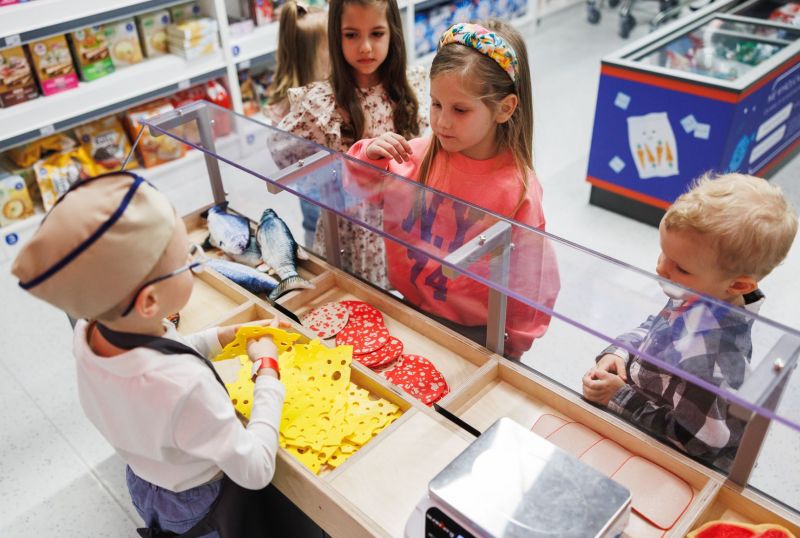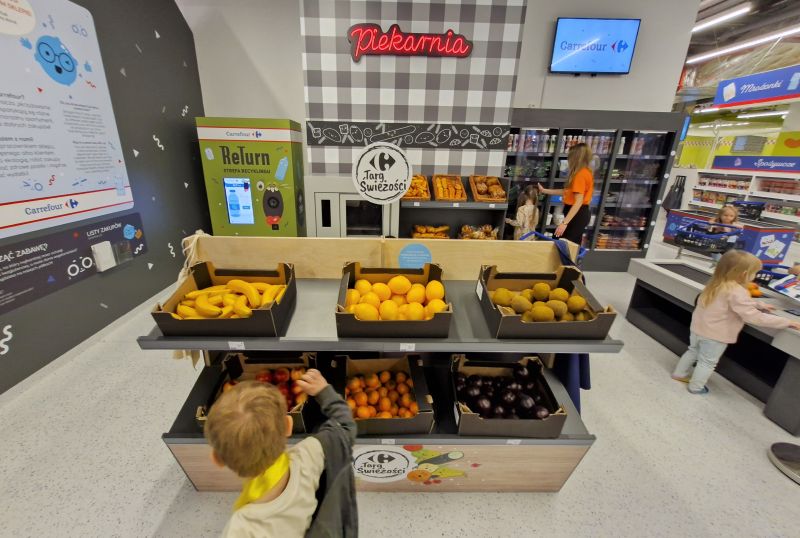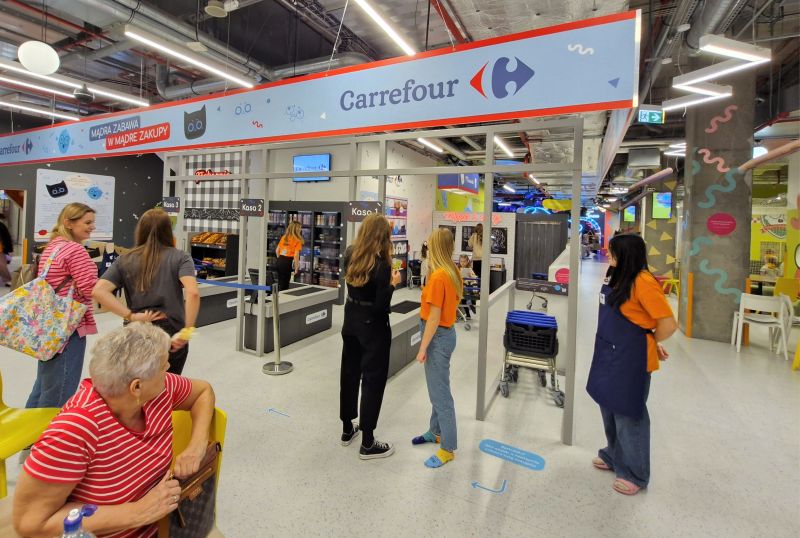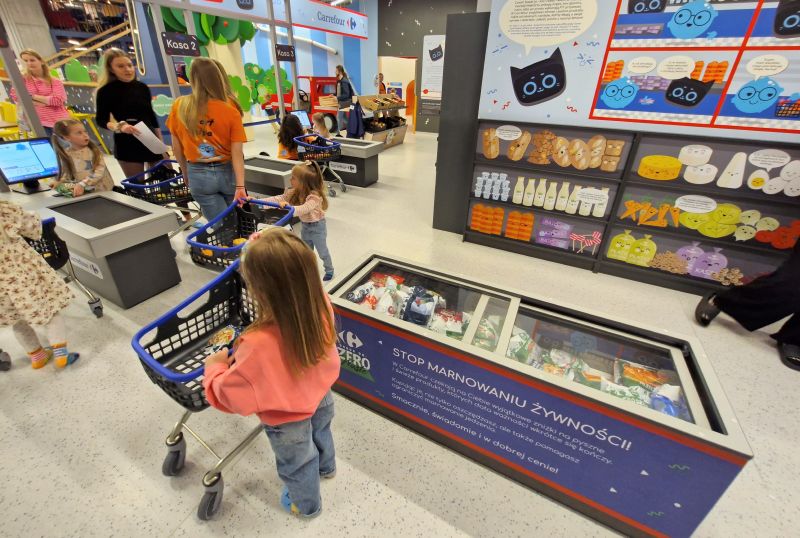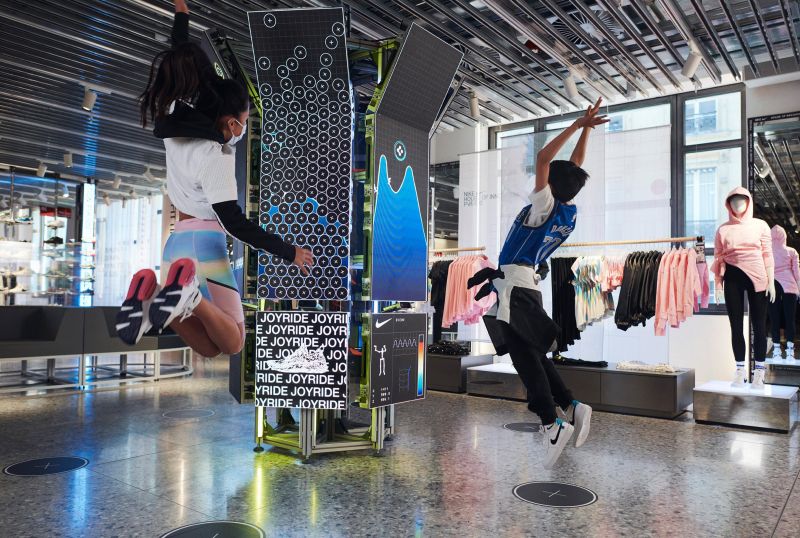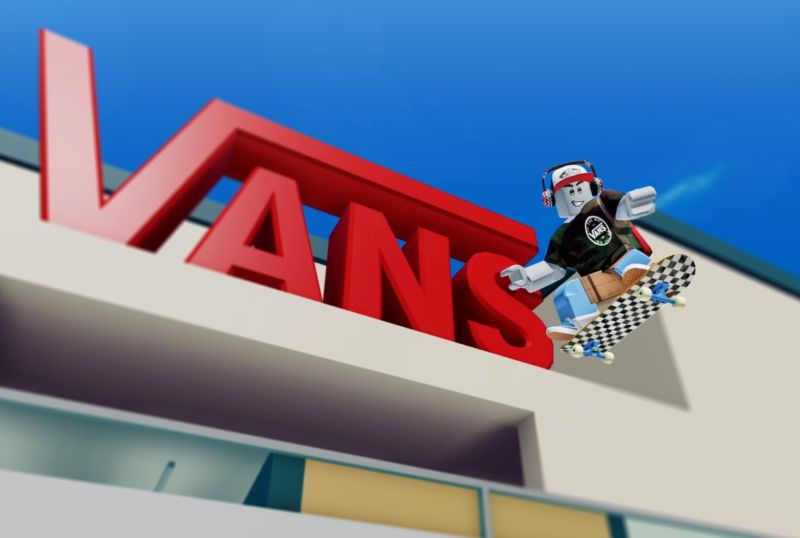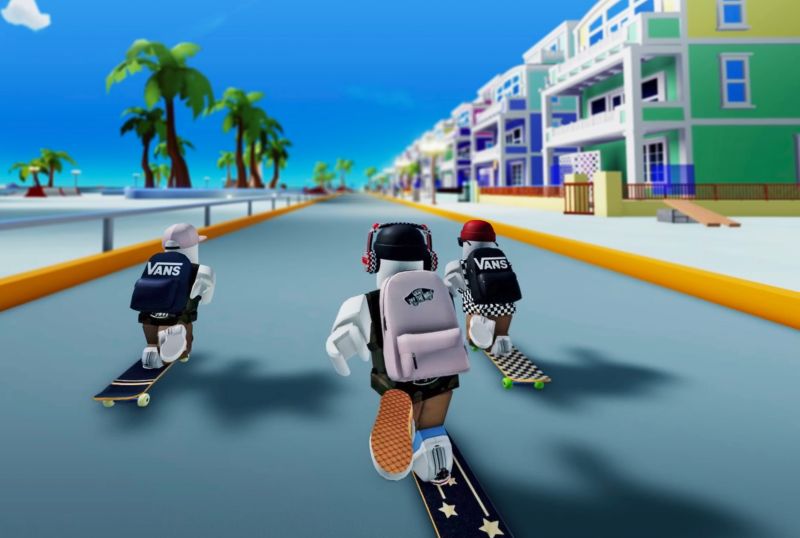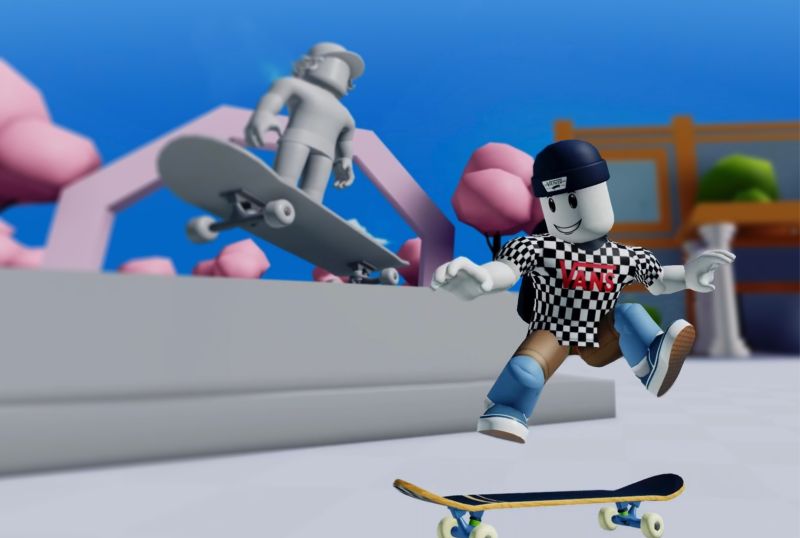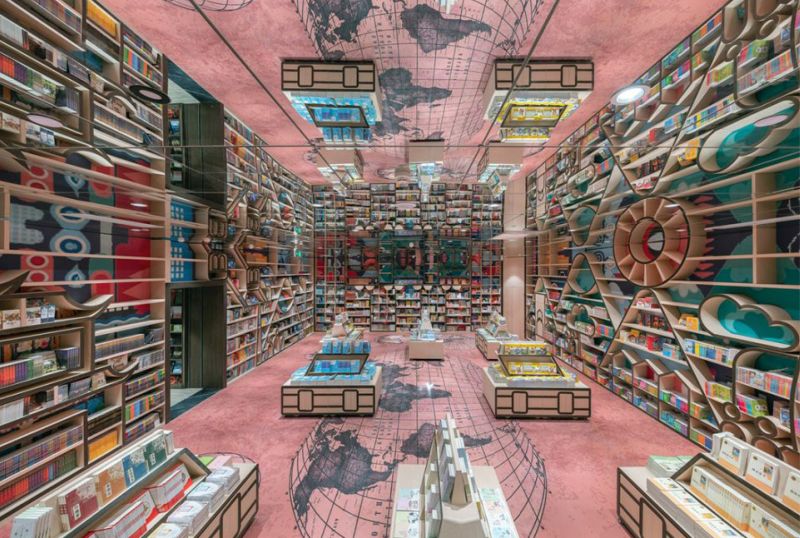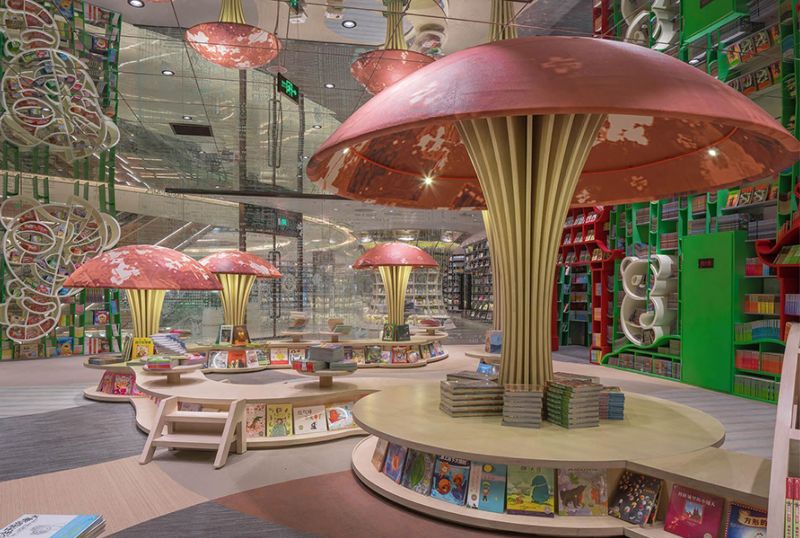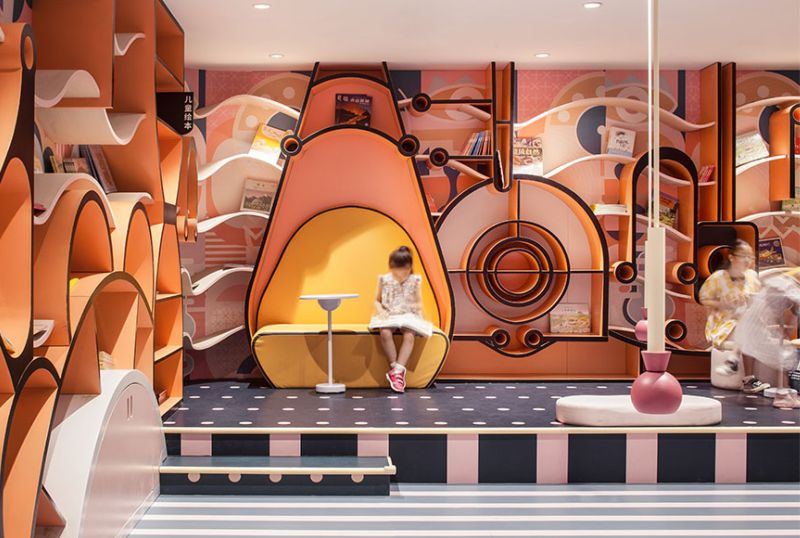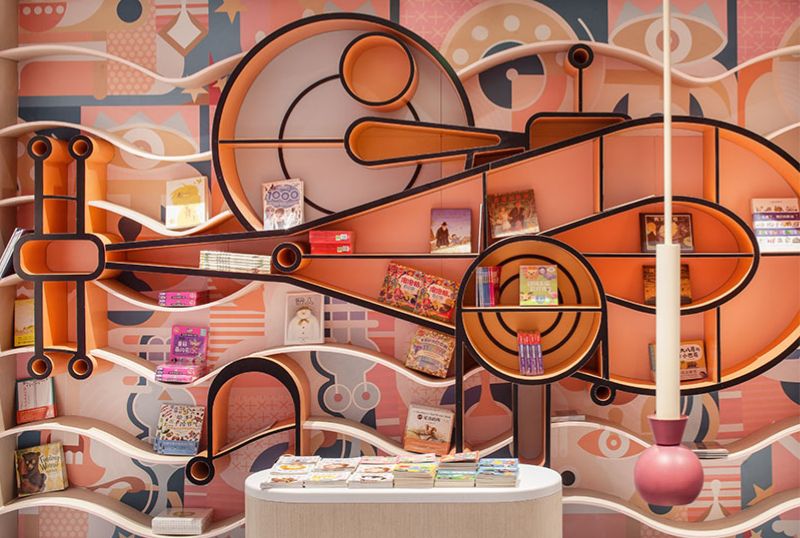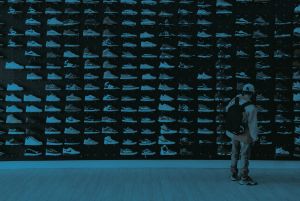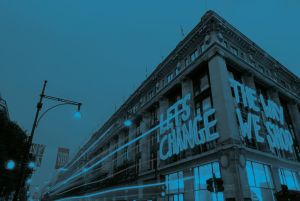Is retail out of sync? Today's formats aren't built for tomorrow's consumers.
My daughter and her mates treat our local high street like a video game level. They leap from paving stones like lava’s beneath, dive into store racks like they’re base camps, and sprint through Zara as if fleeing an apocalypse only they can see. It’s hide-and-seek, tag, ninja training—whatever their brains concoct that day.
To a mall manager, it’s chaos.
To a brand strategist, it’s a missed opportunity.
To Gen Alpha? It’s just… shopping.
Welcome to the urban jungle gym, where retail isn’t a place to buy things—it’s a place to be.
There are parallels with Skateboarding and more recently Parkour. They have reinterpreted urban landscapes, turning them into spaces of creativity and play. Skateboarders and parkour athletes, with their unique perspective, see potential for recreation and social interaction in elements of the built environment not originally intended for such purposes, effectively turning the city into a "playground". This phenomenon is not just about skating or parkour itself, but also about the way these athletes interact with and reimagine urban spaces. It’s not just about the physical act—it’s about rewriting the rules of how space can be used. In the same way, through the eyes of generation Alpha, a high street becomes a high-stakes quest, and every display is part of the game.
Meet the Little Disruptors
Generation Alpha (born 2010–2024) are the first humans to enter the world with more apps than teeth. By 2025, there will be 2.2 billion of them globally. That’s not a demographic—that’s an uprising.
Three tribes roam this jungle:
- The pre-school pioneers, fluent in touchscreens before potty training.
- The primary explorers, who toggle between Roblox and real-world shops with equal ease.
- The tween diplomats, fluent in brand, cause, and cringe.
Directly, they wield US$28 billion in pocket money and pester-power. Indirectly? They’re the ghost in the parental purchase machine. Ask any adult who’s bought a toy, snack, or hoodie ‘just to keep the peace.’
Retail’s Market for the Miniature
Globally, the kids’ retail sector sits around US$200 billion. Not bad, considering half its customers can’t reach the card reader.
The growth outlook is healthy: 5–7% CAGR projected over the next five years. But here’s the kicker: the real value isn’t in what they buy—it's in how
they use the space. Gen Alpha doesn’t walk through shops. They inhabit them.
We’ve spent decades designing stores for efficiency: reduce dwell time, funnel to tills, maximise throughput. Gen Alpha strolls in and rewrites the rulebook: More dwell? Delightful. Less throughput? Let’s play tag!
To them, every retail space is a sandbox.
A Little Economics, for Grown-Ups
Family-friendly policies are shaping retail’s future. Governments are investing heavily in family-first initiatives—free nursery hours in the UK, education-tech in US schools, family zones in Canada and Sweden. These aren't just social policies. They’re urban infrastructure for the next generation of shoppers.
When the state subsidises preschool or funds child-friendly public spaces, it’s doing more than supporting families—it's engineering reliable footfall. Think of it as policy-protected foot traffic: a consistent stream of parents and children moving through civic and commercial spaces.
And yet, many retailers are still scratching their heads.
In the West, birth rates are down, rents are up, and stores feel emptier. But Gen Alpha isn’t fewer—they’re just differently distributed. Fewer kids, yes—but each one now arrives with a six-figure brand influence and an entourage of spend-ready caregivers.
Retailers and urban planners, need to take note: governments are underwriting the next wave of family-led retail. The smartest brands will stop counting heads and start watching patterns. Because wherever the children go—shops, snacks, and spending follow.
Retail’s Most Underused Resource: The Kid’s Eye View
There’s an old truth in advertising: people don’t always know why they buy, choose, or behave the way they do. Gen Alpha is living proof.
While retailers obsess over conversion funnels, stock systems, and ROI, Gen Alpha is busy building emotional bonds with your brand—by hiding behind mannequins and showing us, they don’t need our UX strategy—they’re building their own.
They’re not customers. They’re critics, creators, and chaos agents. And they’re telling you something your metrics can’t.
Your brand isn’t what you say it is. It’s how much fun they had in your store.
So, what if the next big insight in retail design isn’t another round of analytics, but simply this: Where does a 7-year-old want to stand?
Imagine redesigning stores with hide-and-seek in mind. Not to create chaos, but to understand which corners feel exciting, which corridors boring, and which displays become base camp.
What if the next “heatmap” was drawn in felt-tip by a child?
From POS to Playground
Retail was built for transactions. Gen Alpha turns it into exploration. Retailers want clarity. Gen Alpha delivers entropy. But within that entropy lies emotional value—something even the slickest DTC brand struggles to fabricate.
Parents come back not just because of the products, but because “It’s the one place where the kids didn’t complain.” You can’t measure that with footfall counters.
The stores that win with this generation won’t be the slickest—they’ll be the most hospitable to imagination.
Three Lessons from the High Street Hide-and-Seekers
- Design for delight, not just direction.
Sometimes the detour is the destination. - Embrace chaos with rules.
Offer creative freedom within a safe, curated frame. Play isn’t the enemy—it’s a feature. - Measure memories, not just margins.
A ten-minute game of hide-and-seek might be more profitable than a five-minute transaction.
Final Thought
We spend too much time treating children like inconvenient accessories to consumer spend. Generation Alpha flips that script. They are the consumer, the influencer, the co-creator—and the critic who will tell you, quite bluntly, your store is “boring.”
So let them run. Let them hide. Let them climb the stockroom stairs in search of dragons. Because the future of retail might just look less like a showroom and more like a playground.
And here’s the twist: that playground doesn’t just delight kids. It speaks to the kid still hiding in every adult.

